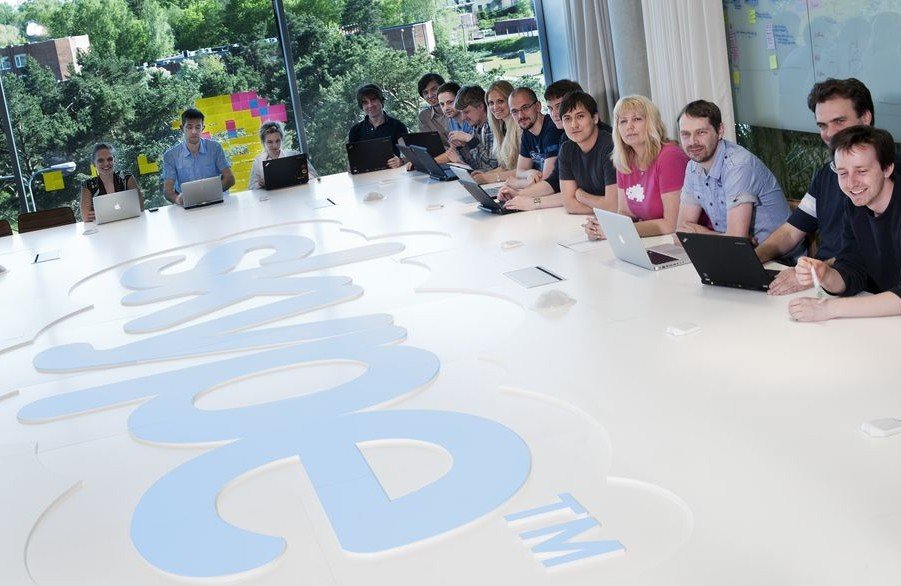Each year thousands of startups try to get into top accelerators. The best ones – Techstars, Y Combinator, Angelpad and 500 Startups – usually get around 2000 applicants for 10 – 60 seats, which makes the odds of getting in worse than getting into Yale, Stanford, Harvard, and other top universities. Here are some practical tips how to stand out and increase your chances based on our experience with Pipedrive.
Homework is important.
Accelerator programs and their teams are different. You get some credit from Y Combinator founder Paul Graham when you have been active in Hacker News. Meanwhile, Angelpad tends to favor b2b startups, while 500 startups is more open minded about international startups and female founders.
Do your homework before you apply. For example, you should know how successful startups are after the program, what kind of real startup experience their mentors add, how much time they can give and ask from you, and who is running the program daily. Also, find someone who has been part of the the program you’re considering and ask for their honest opinion.
Show that you have real talent.
Something all incubators seem to agree upon is that it’s all about the team. So much so that Y Combinator just announced that they are now considering teams without an actual idea. The majority of successful startups have been started by only two to three people. Incubators sometimes accept single-founder teams, but they rarely accept more than four founders per team. I’ve heard many investors commenting that the more founders you have, the less confident you are, that you also have diluted equity and motivation.
So make sure to shine your experience and skills. Google, Facebook, Skype, Harvard, and Stanford are the magic words which usually help a lot. If you’re missing top school and company badges, then achievements like, “I hacked my first site, when I was eleven” will do just as well. Tech startups need engineers as co-founders: One non-technical founder is okay, two will reduce your chances, three means you don’t understand what startups are about.
Good chemistry between team-mates matters.
Another thing investors care about is how long you have known your co-founders and whether there is chemistry between teammates. If your teammates have worked together for many years, the risk of founder break-up is a lot smaller. Disagreements between co-founders is one of the common reasons why many startups fail to raise capital after graduating from an incubator.
Have a comprehensible product in a big market.
Some investors say that if there is a great team, product doesn’t matter at all. In the context of accelerators, I disagree. Great fit between the product and your team’s experience can significantly increase your odds to succeed. Furthermore, it’s not rare that accelerators and investors make decisions and accept teams because they have personal connection to the problem a team is trying to solve. So make sure the accelerator “committee” understands the problem you are trying to solve, and how.
Have traction, either money or users.
Sometimes accelerators accepts teams even without a prototype. Still, you can significantly raise your chances with a beta product and by showing traction. If you show your first users’ positive feedback – or better still, their dollars – you’re on the right track!
Keep your application short.
Popular accelerators go through more then 2000 applications, sometimes reading through a few hundred per day. Which means they can’t spend more than just a couple minutes per application. You have to get their attention from the first second they look at it. Oh, and it helps if you send in your paperwork towards the beginning of the application process, rather than the last day.
Get feedback from people with more experience.
Before you will submit your final application, ask feedback from experienced investors or entrepreneurs. Best of all if you can find someone who has been accepted into the same accelerator before. Their insider tips are priceless.
Practice your interview over and over.
If you make it to an interview, show up with as many founders as possible. And practice, practice, practice. You only have 10 – 30 minutes for the interview, so you have be to sure that you have a chance to state the most important aspects of your idea and approach.
Good intros and recommendations help.
If a well known entrepreneur recommends your team, you’re sure to catch the attention of the incubator in question. Things like having many followers to your AngelList profile are also helpful. With Pipedrive we had three misses (or should I call them lessons). But just a few months later we were in a position to choose between three programs. Today we are extremely happy to be the alumni of AngelPad.
I
Photos: VisitEstonia/Wikimedia Commons


